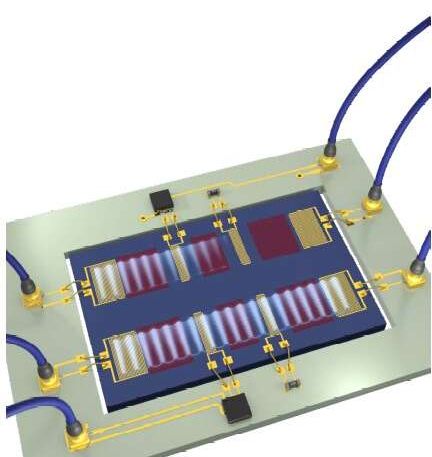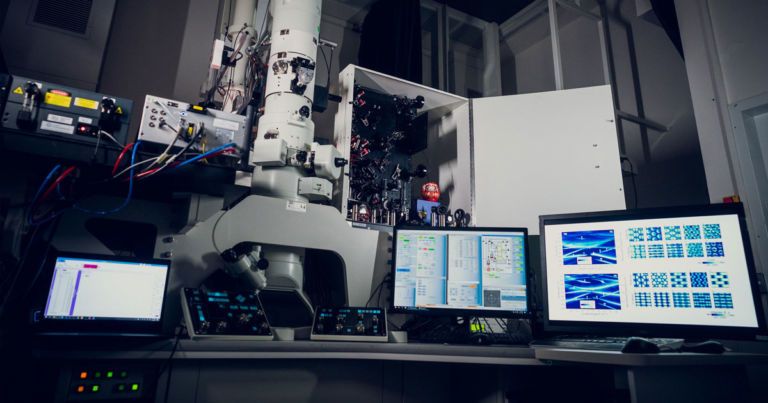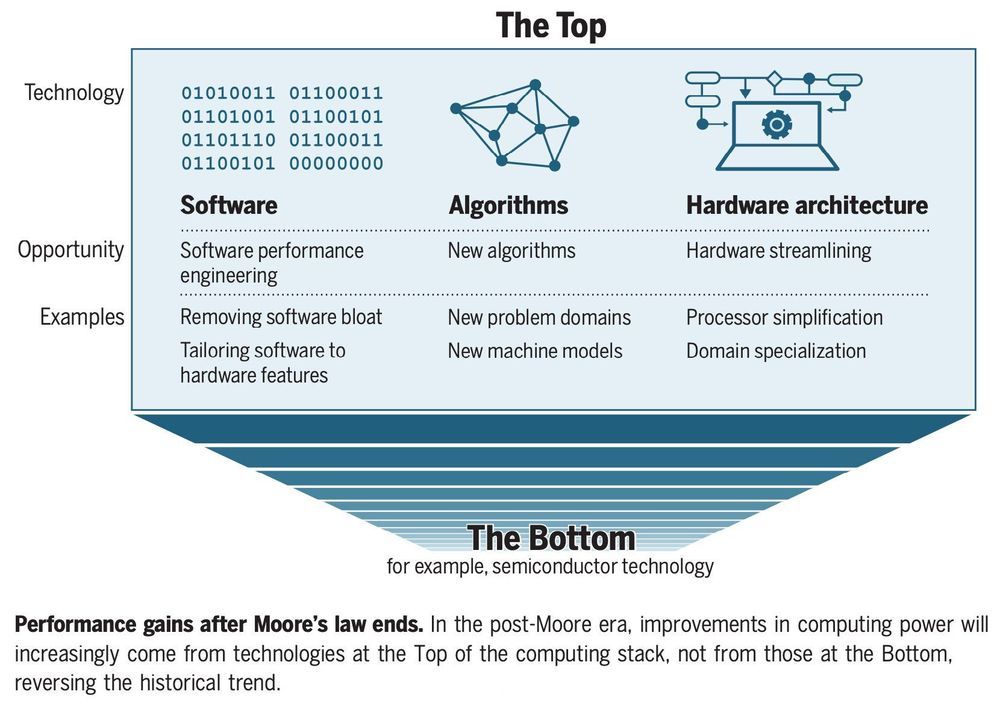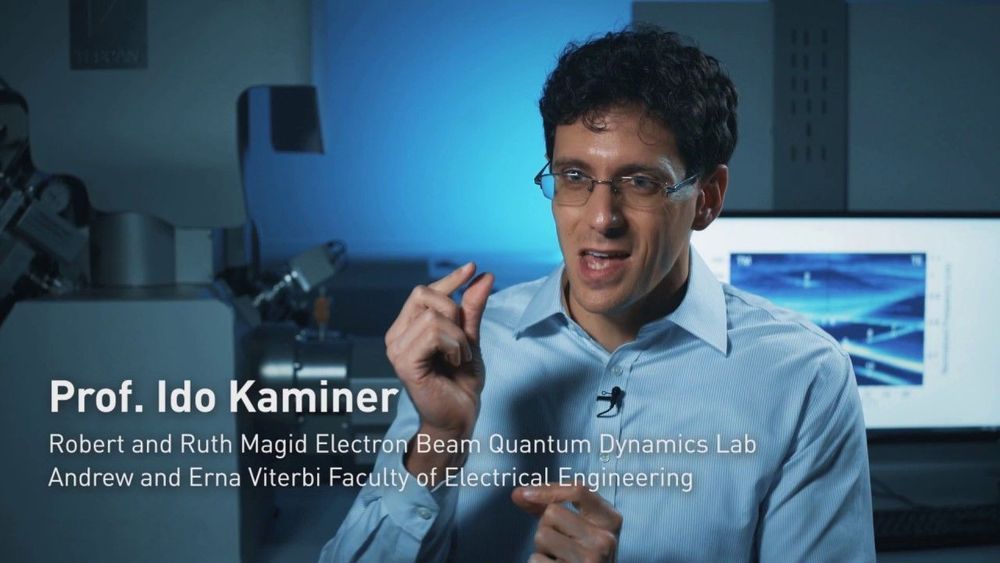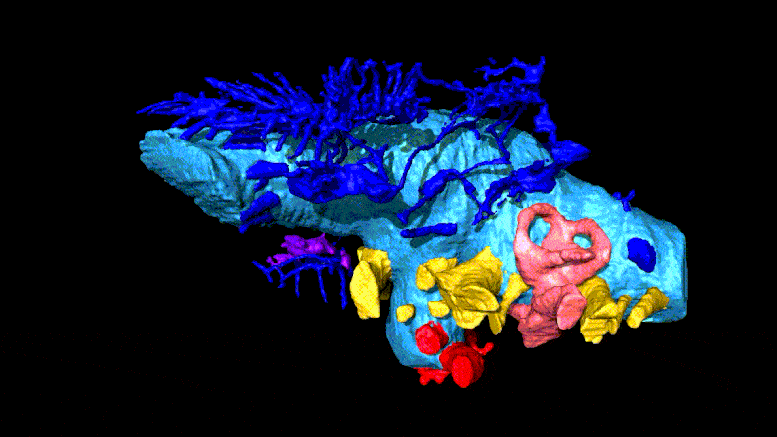Acoustic waves have been found to be highly versatile and promising carriers of information between chip-based electronic devices. This characteristic is ideal for the development of a number of electronic components, including microwave filters and transducers.
In the past, some researchers have tried to build devices in which waves are transmitted between two ports in a non-symmetric way. These are known as nonreciprocal devices. These devices could be particularly promising for the manipulation and routing of phonons, quasiparticles associated with acoustic waves. Building nonreciprocal devices that transmit acoustic waves, however, can be highly challenging, as acoustic systems typically transmit waves in a linear way.
Researchers at Harvard University have recently achieved the non-reciprocal transmission of non-reciprocal acoustic waves using a nonlinear parity-time symmetric system. This system, presented in a paper published in Nature Electronics, is based on two coupled acoustic resonators placed on a lithium niobate surface.
